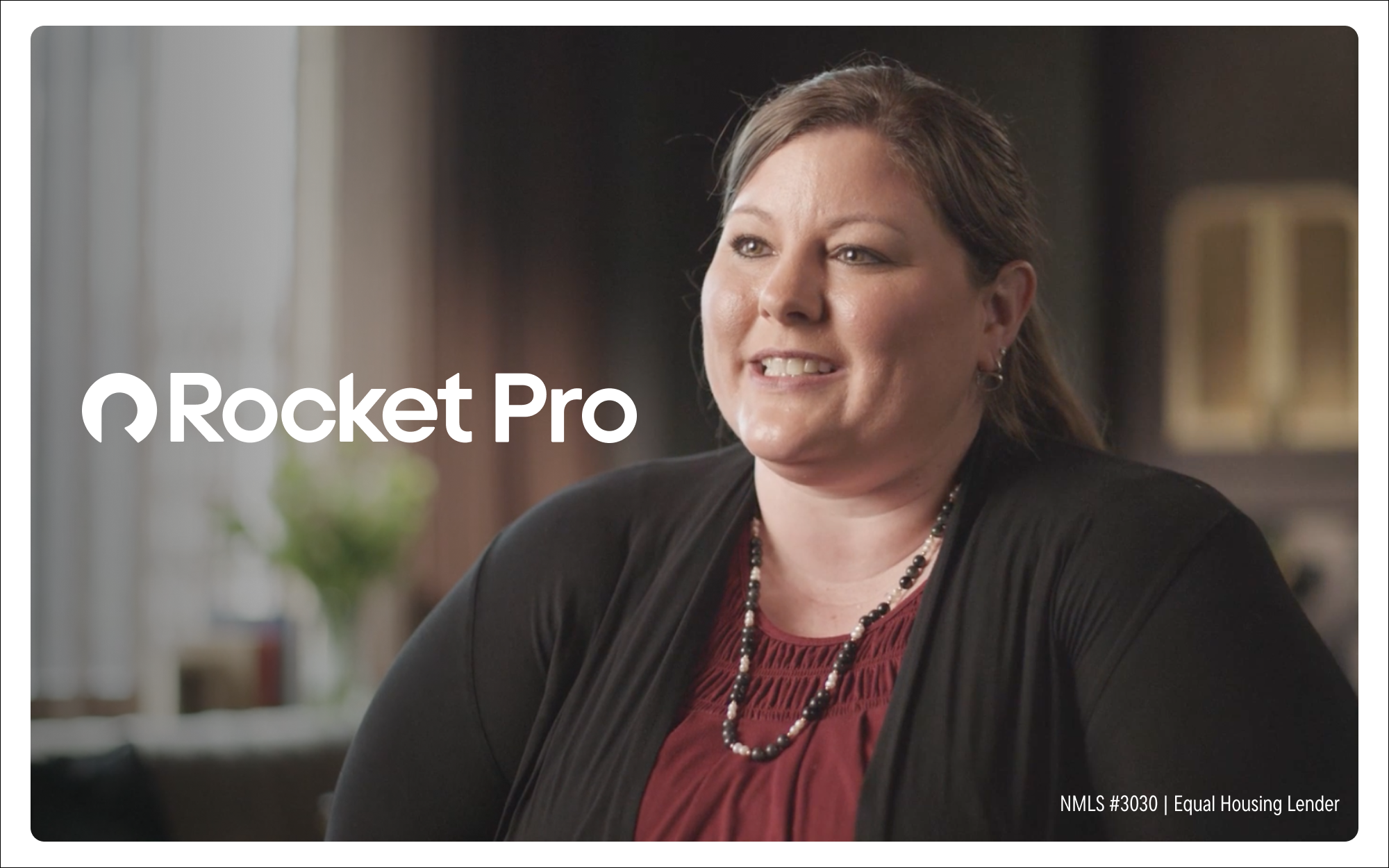From microbreweries to veterinary businesses, new companies pop up every day, but the needs of each business customer are different. We spoke to specialty community bank lenders on how they serve their chosen niches and, in turn, help their customers achieve their dreams.
How to Excel in Niche Lending
October 04, 2023 / By Beth Mattson-Teig
From microbreweries to veterinary businesses, new companies pop up every day, but the needs of each business customer are different. We spoke to specialty community bank lenders on how they serve their chosen niches and, in turn, help their customers achieve their dreams.
Go to any city in the country and there’s a good chance you’ll find somebody making beer in their garage dreaming about turning their hobby into a business. Heartland Bank in Whitehall, Ohio, has been helping to make those dreams a reality with its focused craft brewery and distillery financing group.
“Most community banks step into something and they think, ‘Wow, this is a really good business. We should do more of these,’” says Scott McComb, chairman, president and CEO of the $1.8 billion‑asset community bank.
Creating a vertical within a bank to focus on a particular industry allows it to establish itself as an expert that leads to new business opportunities—and that has certainly been the case for Heartland Bank.
An opportunity not to miss
Heartland Bank entered the craft brewery financing sector by chance nearly 15 years ago when an existing nonprofit customer asked if the community bank would be interested in sponsoring a craft beer festival in Columbus, Ohio. Its decision to say yes opened the door to a new lending niche that has grown into nearly 30 craft brewery and distillery customers who make beer, bourbon, vodka or other spirits.
One of its longtime customers is Columbus Brewing Company, a homegrown favorite in Ohio. Several years ago, the community bank lined up financing for the brewery’s expansion from a 6,000 square-foot space to a 49,000-square-foot space. Since then, it has helped to arrange financing for the company for things such as new equipment and the purchase of raw materials like hops.
“It has been a very mutual relationship,” says Eric Bean, president of Columbus Brewing Company. “We are teaching them a lot about the industry. They are paying attention and asking a lot of questions, and then they help us to put together a financing package for what we need.”

One of the reasons the relationship has worked so well is that it truly is a partnership, Bean adds. “Every problem we have come to them with, they have helped us solve,” he says. “A small bank can really provide that type of relationship of partnering versus it feeling like a wrestling match.”
Incentives to specialize
Although some banks end up in a particular sector by chance, others take a more strategic approach to building specialty lending verticals. Live Oak Bank in Wilmington, N.C., has become a leading example in that regard. It has built more than 30 lending specialties across a variety of industries, including auto dealerships, restaurant franchises, hardware stores, law firms, wineries and veterinary practices.

Banks are attracted to the advantages of specializing in a particular industry that include growth opportunities, as well as the ability to leverage expertise and industry insights to improve credit quality. “If you’re entrenched in an industry and you do a lot of those loans, it allows you to go a little bit deeper into that credit analysis and build products that are tailored to that industry,” says Mike McGinley, head of small business banking for $10 billion-asset Live Oak Bank.
For example, the community bank began noticing a few years ago that some of its industries were struggling with business succession issues. The “silver tsunami” of retiring baby boomers is creating demand for succession plans, but it’s been difficult to get equity in the hands of the next generation of business owners for a 100% buyout. Live Oak created a partial equity buy-in program, which is essentially a conventional loan made directly to the individual buying part of the business.
Keys to success in specialty lending
Community banks often take a broad view of servicing the businesses in their communities, from nail salons to car washes.
“Some banks are realizing that the word ‘community’ doesn’t have to be the people you live with in a physical community, but people who share an interest or business type,” says Joe Ehrhardt, founder and CEO of Teslar Software, a configurable lending process automation solution that helps financial institutions work more efficiently. In some cases, those growth opportunities follow national trends, such as the boom in craft breweries and car washes. In other cases, those opportunities are unique to a particular area or region.
For example, Ehrhardt is based in Arkansas and has seen community banks in his area specialize in providing financing to poultry farmers, because there is a large concentration of those businesses there. “There are definitely those banks across the country that are looking at what they’re going to be best at, whether that is commercial real estate or lending to poultry farms or furniture makers, and they say, ‘I want to own this segment,’” he adds.
Several factors can help pave the way for building success in those verticals. The number one thing that any small business needs is convenience and the ability to do their banking outside of traditional banking hours, says Ehrhardt.
Small businesses are usually focused on running the core competency from 8 a.m. to 5 p.m. So, bankers servicing small business customers need to provide resources that allow those businesses to do their banking any time of day. In addition to online banking, that pertains to activities such as renewing a loan, applying for a loan or setting up an ACH payment.
A second important factor is speed. Small businesses are always in a hurry, and they’re always afraid they are going to be told “no,” says Ehrhardt. Bankers need to be able to provide a quick answer, and they need to provide access to a portal that gives customers visibility into the status of their loan.
“If your process for a small business to get a loan isn’t as good as ordering a pizza from Domino’s, you really need to stop and think,” says Ehrhardt. “What I mean by that is that Domino’s has a way to start an order online. It has a way for me to see my status, and I know approximately when the product will be delivered.”
“Banks need to look at not just serving the needs of the entity for their direct needs, but how do you service their indirect needs to make them a stickier customer.”—Joe Ehrhardt, Teslar Software
For small businesses that are always in a hurry and have a bit of fear around their cash flow, making sure that the customer can start a loan online, see the progress and know when funds will be available is critical, he adds.
Ehrhardt also encourages banks to look at the full cycle of a small business banking relationship. For example, some specialty lending sectors, such as HVAC companies, are working with customers who might need financing to purchase a new heating or air conditioning system. So, there is an opportunity to help the customer of that small business customer, too.
“Banks need to look at not just serving the needs of the entity for their direct needs, but how do you service their indirect needs to make them a stickier customer,” says Ehrhardt.
Online and offline marketing strategies
Live Oak takes two approaches to marketing: digital channels and a more traditional community bank approach to building personal relationships.
On the digital side, the community bank uses online advertising. If someone does a Google search for insurance agents and business loans within the industry it serves, Live Oak wants its name to pop up with links to its website. The bank also has dedicated landing pages for all its industries that include information on the bank, its loans and other financial products, the lending team and other resources.
Those dedicated pages also allow Live Oak to highlight its expertise in a particular industry by sharing thought leadership articles, news or links to a lender presentation at a conference or on a podcast.
“If they’re looking for a lender, and they come to our webpage and see that we have lenders who are speaking at conferences or writing white papers that are specific to the industry, they feel more comfortable knowing that we understand their industry and that we’ve actually formed a credit box specific to that industry,” says McGinley.


Live Oak’s lenders also take an active role in attending and exhibiting at trade shows and speaking at events to meet people and create visibility for the bank. They also develop referral relationships with key groups and advisors, such as valuation companies, attorneys and CPAs.
“We spend a lot of time at the onset of creating a vertical, entrenching ourselves in that industry and working with those various centers of influence to try to start to seed deals, build a pipeline and then refine the credit box,” says McGinley.
“Once you get into it and understand the sector, you can work on bettering your portfolio all the time and become a resource for those businesses.”—Scott McComb, Heartland Bank
To further expand its reach into the craft brewing industry, Heartland Bank joined the Ohio Craft Brewers Association and started attending meetings and conventions, as well as getting involved with programming and other initiatives.
For example, the community bank used some of its resources to help the craft brewers’ lobby to get some laws changed in the state that would make operating their businesses easier.
“Doing other things to create value for that space is how you become the lender of choice in any one of those verticals,” says McComb.
Leveraging niche lending expertise
Gaining market expertise and having your finger on the pulse of an industry helps bankers build a credit profile and an underwriting standard for that industry.
“Once you get into it and understand the sector, you can work on bettering your portfolio all the time and become a resource for those businesses,” says McComb.
Understanding the industry also helps with understanding risk and knowing when to say no to a deal. For example, Heartland Bank turns down a lot more loans than it approves.
“There are a lot of people that are throwing capital at a part-time thing because they think it is going to be cool,” McComb notes. “So, we have to be selective.”
Keeping your fingers on the pulse of a particular industry also allows a bank to notice any potential red flags ahead of time. For example, if the lending team knows a sector is facing market headwinds that could squeeze cash flow, it’s an opportunity to be proactive and reach out to customers to provide working capital when needed.
Banks that specialize in a particular industry can gather a lot of data from building a portfolio over time, too. “In a specific vertical, we actually can get more aggressive than some lenders, because we understand the nuance there and we’ve got the data to show that we have a high level of credit quality,” says McGinley.
Some margins differ significantly between different industries. Risks and warning signs from a credit perspective also can vary widely depending on the industry.
“Having insights into the data really allows us to guide our borrowers through that journey and change our credit box accordingly based on what the industry is giving us,” he adds.
7 tips for building a successful specialty lending vertical
Develop expertise in your chosen sector to understand opportunities and credit risks, whether that means hiring a lender with that expertise or building it internally by educating credit officers and lenders.
Be willing to invest both time and money to build a vertical to support a digital market strategy, and get involved in the “community” of an industry through participation in industry associations and events.
Leverage data gathered from your loan portfolio to make informed decisions on lending strategies and credit risk.
Look for opportunities to better service an industry with additional products and services.
Don’t just set it and forget it. There is constant change and evolution within every industry, and banks may need to modify their strategies, credit box or product offering.
Find ways to create value for an industry, which can help to position a bank as the lender of choice.
Involve the whole team. Challenge your staff to think about whether one or two loans in a particular sector could be developed into a specialty lending niche.
Which industries have lending needs?
If your community bank wants to find a niche in small business lending, it’s important to know what areas have highest demand. Here’s a look into the top industries for 7(a) and 504 loans, based on loan approval count percentages for 2023.
7(a) Loans
| Rank | Industry | 2023 Loan Approval Percentage |
|---|---|---|
| 1 | Construction | 13.6% |
| 2 | Accommodation and food service | 13% |
| 3 | Retail/trade | 12.2% |
| 4 | Professional, scientific, and technical services | 9.2% |
| 5 | Healthcare and social assistance | 8.7% |
504 Loans
| Rank | Industry | 2023 Loan Approval Percentage |
|---|---|---|
| 1 | Accommodation and food service | 16.5% |
| 2 | Healthcare and social assistance | 13.9% |
| 3 | Retail/trade | 10.5% |
| 4 | Manufacturing | 10.3% |
| 5 | Construction | 8.1% |
Source: U.S. Small Business Administration
Subscribe now
Sign up for the Independent Banker newsletter to receive twice-monthly emails about new issues and must-read content you might have missed.
Sponsored Content
Featured Webinars
Join ICBA Community
Interested in discussing this and other topics? Network with and learn from your peers with the app designed for community bankers.
Subscribe Today
Sign up for Independent Banker eNews to receive twice-monthly emails that alert you when a new issue drops and highlight must-read content you might have missed.
News Watch Today

Join the Conversation with ICBA Community
ICBA Community is an online platform led by community bankers to foster connections, collaborations, and discussions on industry news, best practices, and regulations, while promoting networking, mentorship, and member feedback to guide future initiatives.












